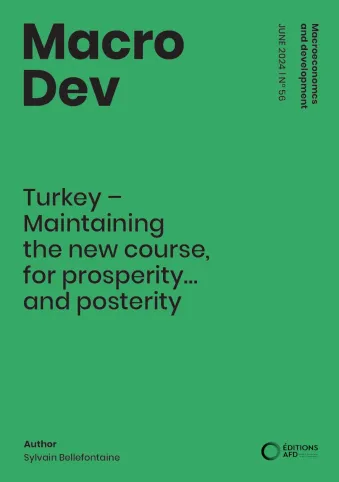Share the page
Türkiye – Maintaining the new course, for prosperity…and posterity
Published on

A diversified and industrialized economy, a NATO member since 1952, a founding member of the OECD in 1961 and a member of the G20, Türkiye [1] enjoys an enviable geostrategic position. Its development and human capital indicators are also satisfactory, which can largely be put down to the first decade of the Erdoğan-AKP era (2002-2012). They have, however, deteriorated in recent years. The key issues for socioeconomic development for the coming years include 1/ political and geopolitical stability within a troubled region; 2/ the achievement of high-income status and a prosperity benefiting the entire population; 3/ a decisive step forward in policies for climate change adaptation and energy transition, effectiveness and independence.
The first decade following the accession to power of the Justice and Development Party (AKP) in 2002 was marked by the success of the restoration of macroeconomic stability in the aftermath of the 2001 financial crisis, and was coupled with rather remarkable socioeconomic development. During the second decade, the government’s action focused more on societal and moral issues, to the detriment of macroeconomic fundamentals and structural reforms. The third decade, which is beginning at the same time as the second centenary of the Republic of Türkiye, founded in 1923, needs to place the economy, prosperity and national cohesion at the heart of the priorities. To ensure the posterity of his action, President Recep Tayyip Erdoğan could now devote what should be his final term as the country’s leader to this task (2023-2028).
Useful Information
-
Authors
-
Edition
-
56
-
Number of pages
-
24
-
ISSN
-
2116-4363
-
Collection
-
Macrodev
-
Other languages
